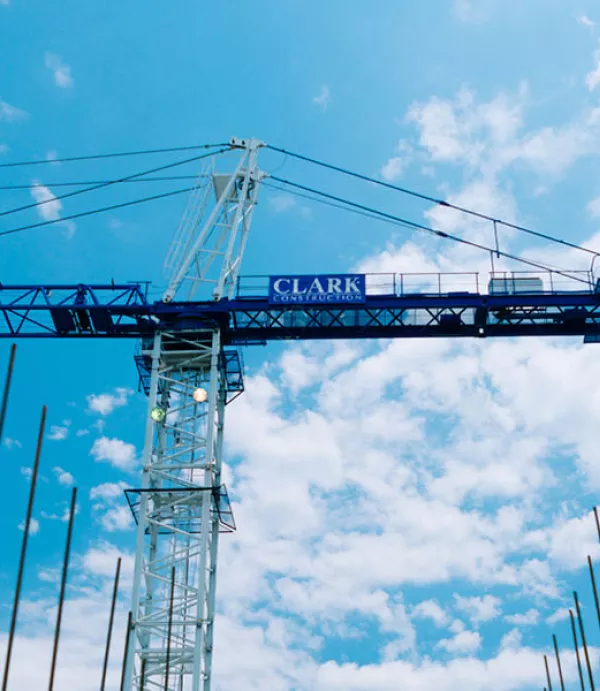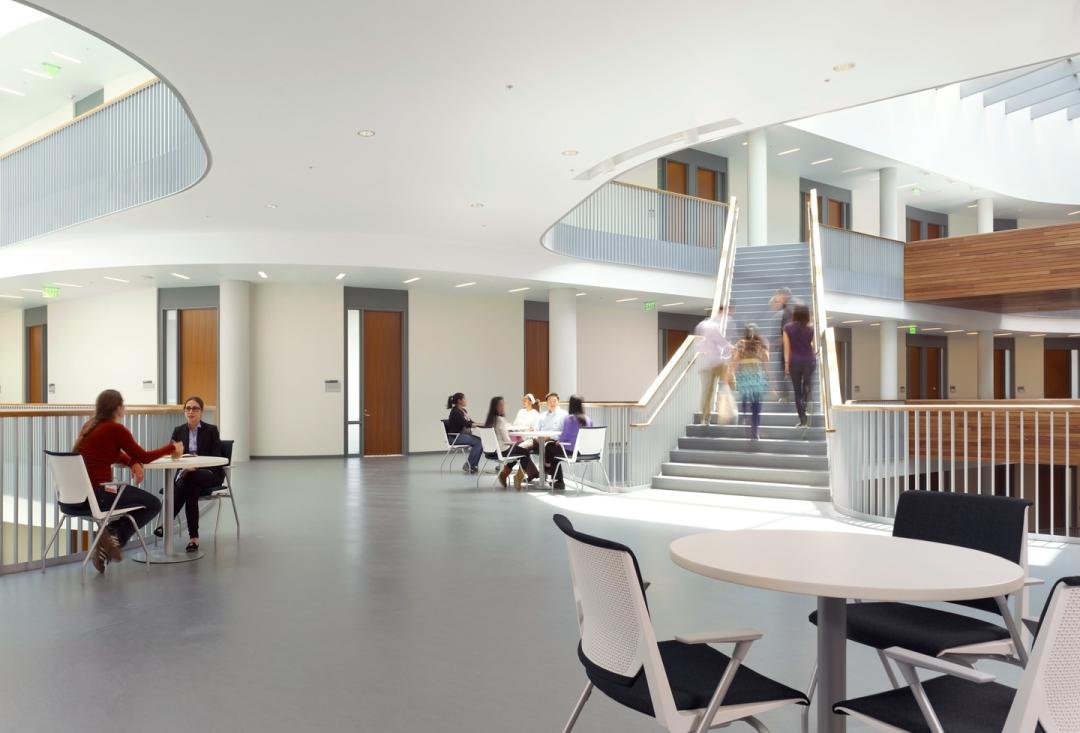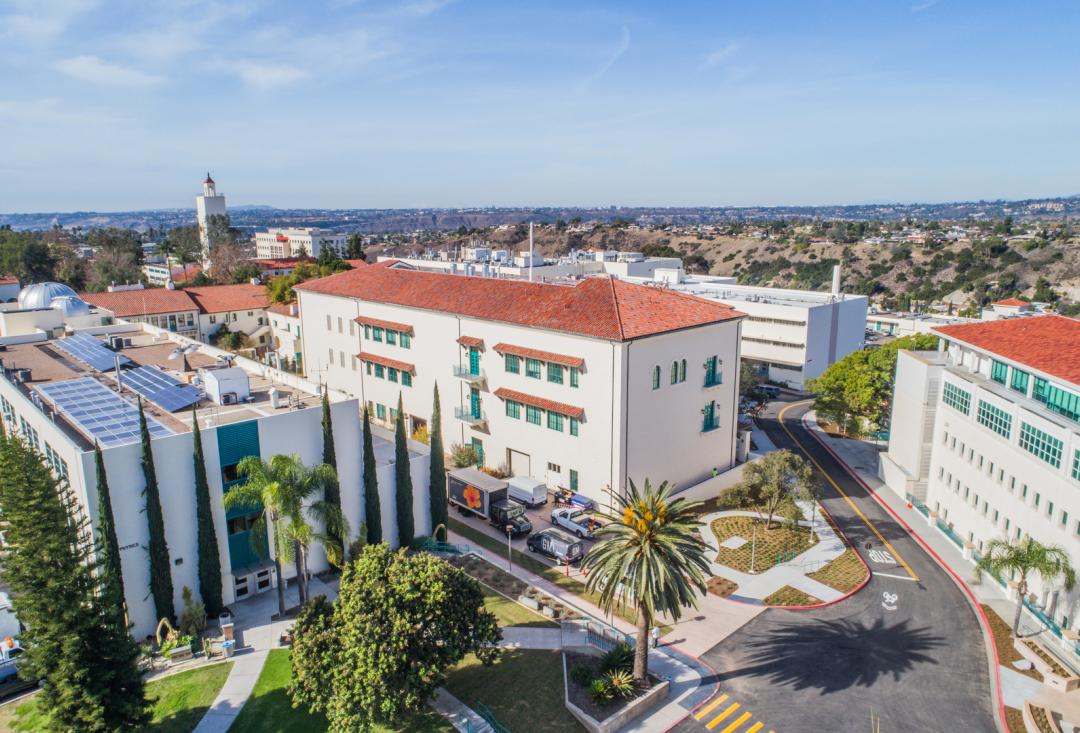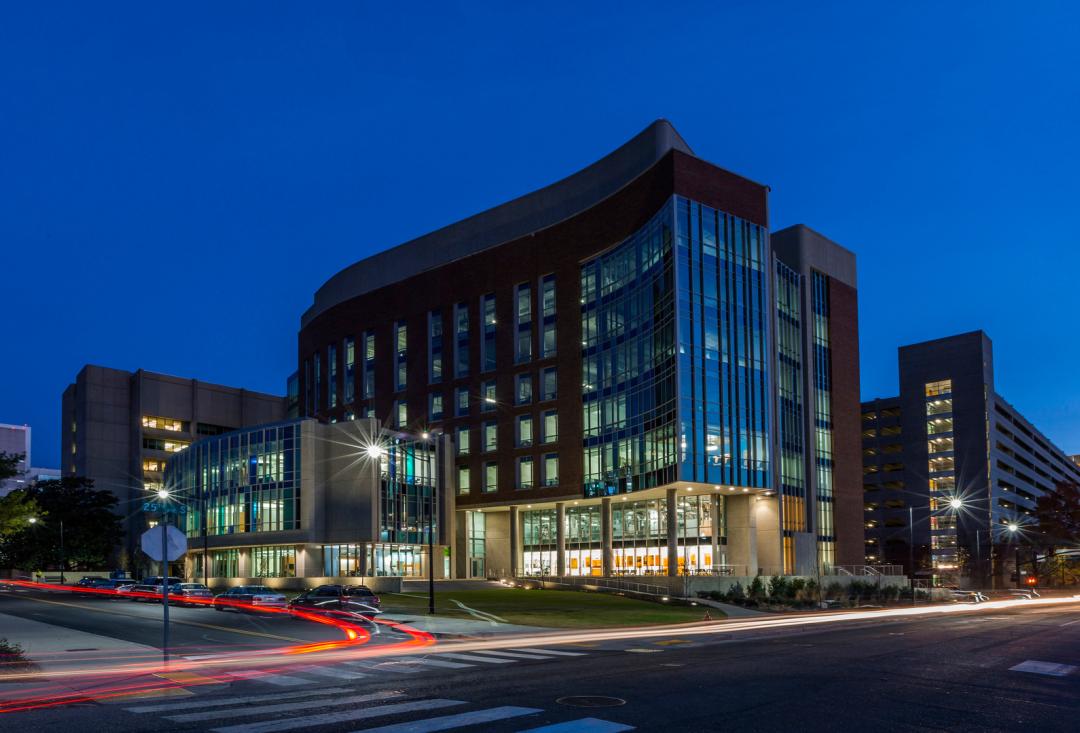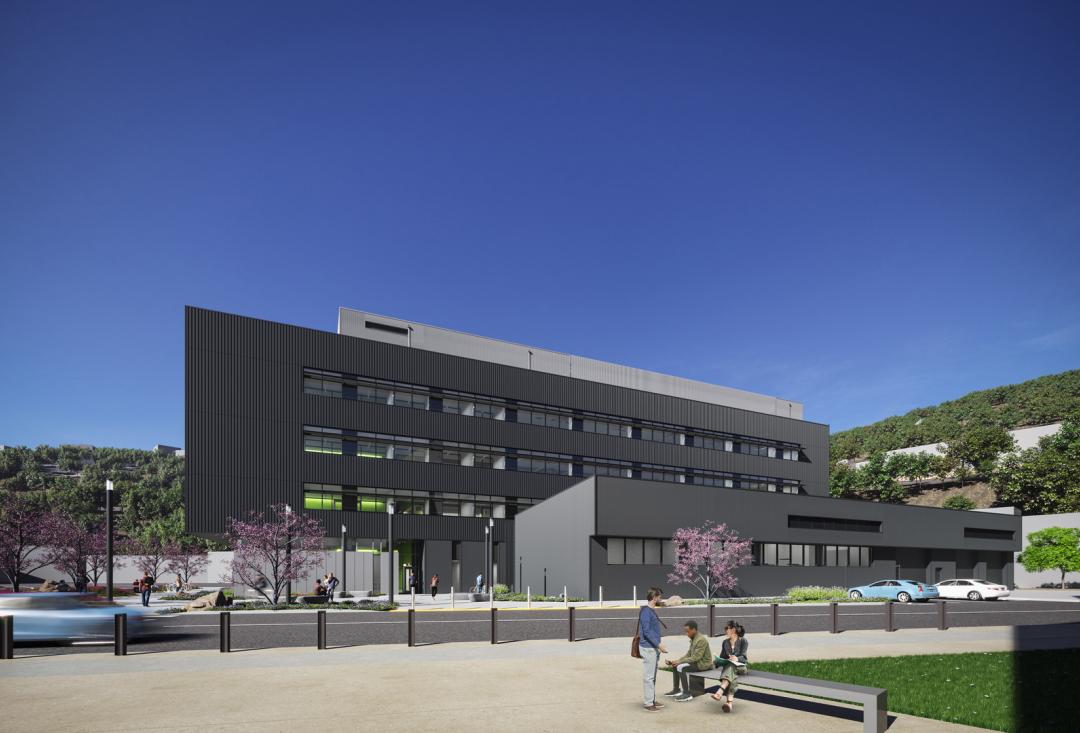Client
Boeing
Designer
HNTB Architecture
Location
Vandenberg AFB, California
Completion Date
2003
Delivery Method
General Contracting
The Vandenberg AFB Space Launch Complex 6 (SLC-6) project includes the construction of a 650-ton launch table and the renovation of and modifications to the 325-foot mobile service tower (MST), 270-foot-tall mobile assembly shelter (MAS), and the 200-foot-tall fixed umbilical tower (FUT). The MST features moveable, multi-level access platforms and a 50-foot-tall addition on the roof to house a 50-ton overhead crane.
Awards
2004 AGC California Build California Award (Meeting a Difficult Challenge)
2004 AGC California Build California Award (Federal/Renovation)
